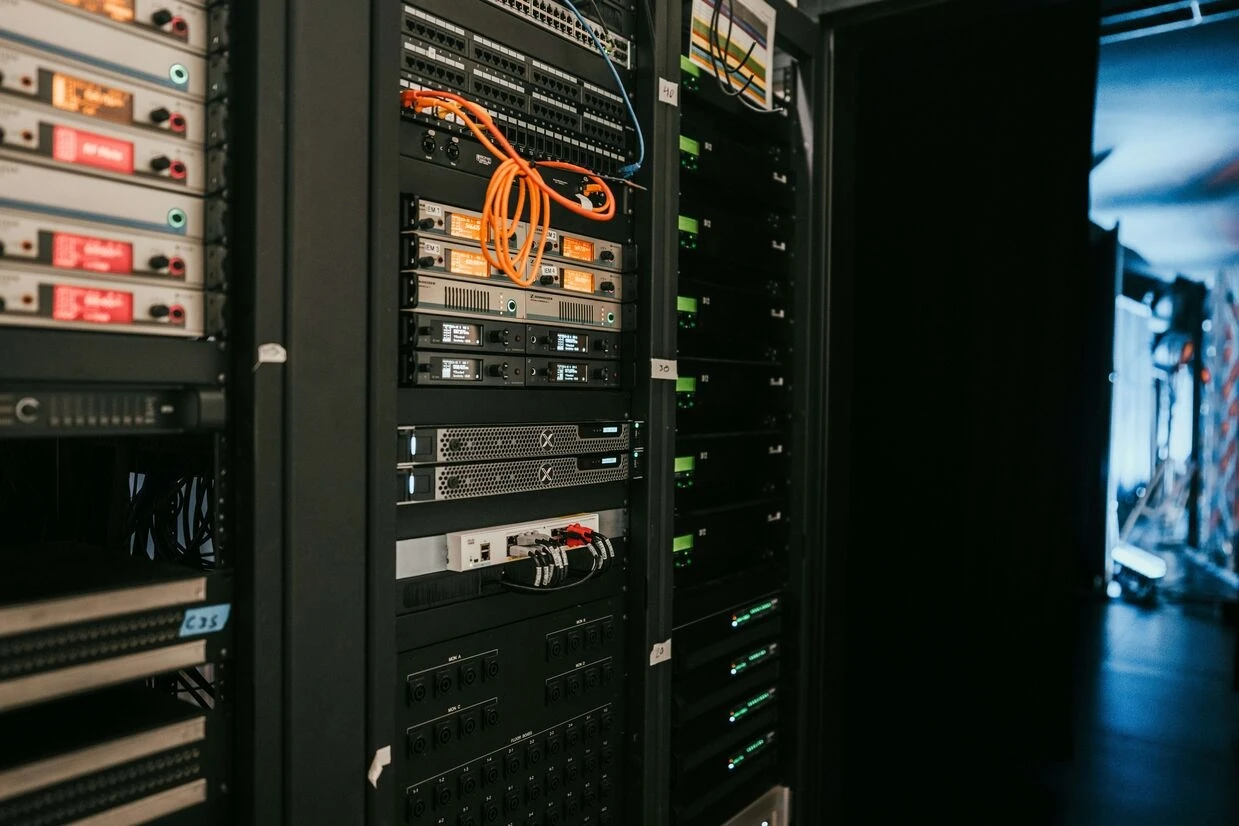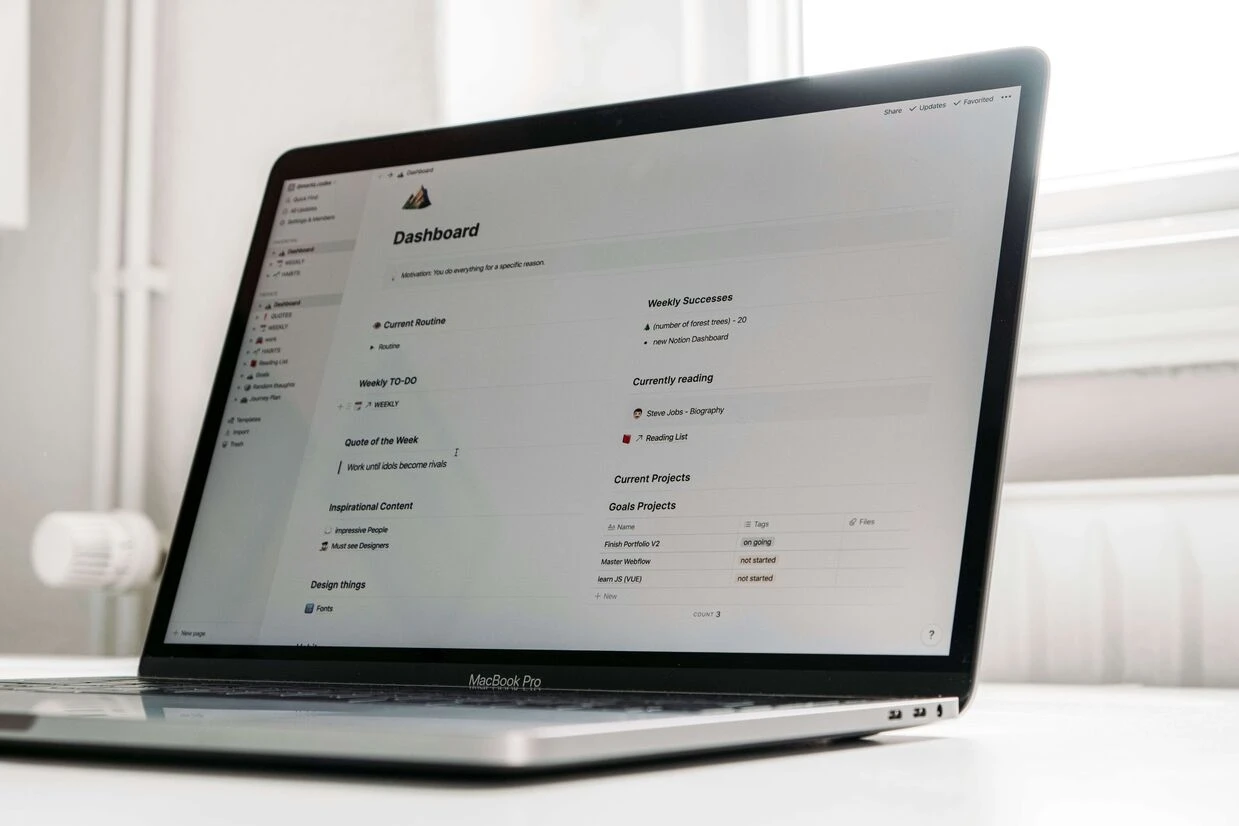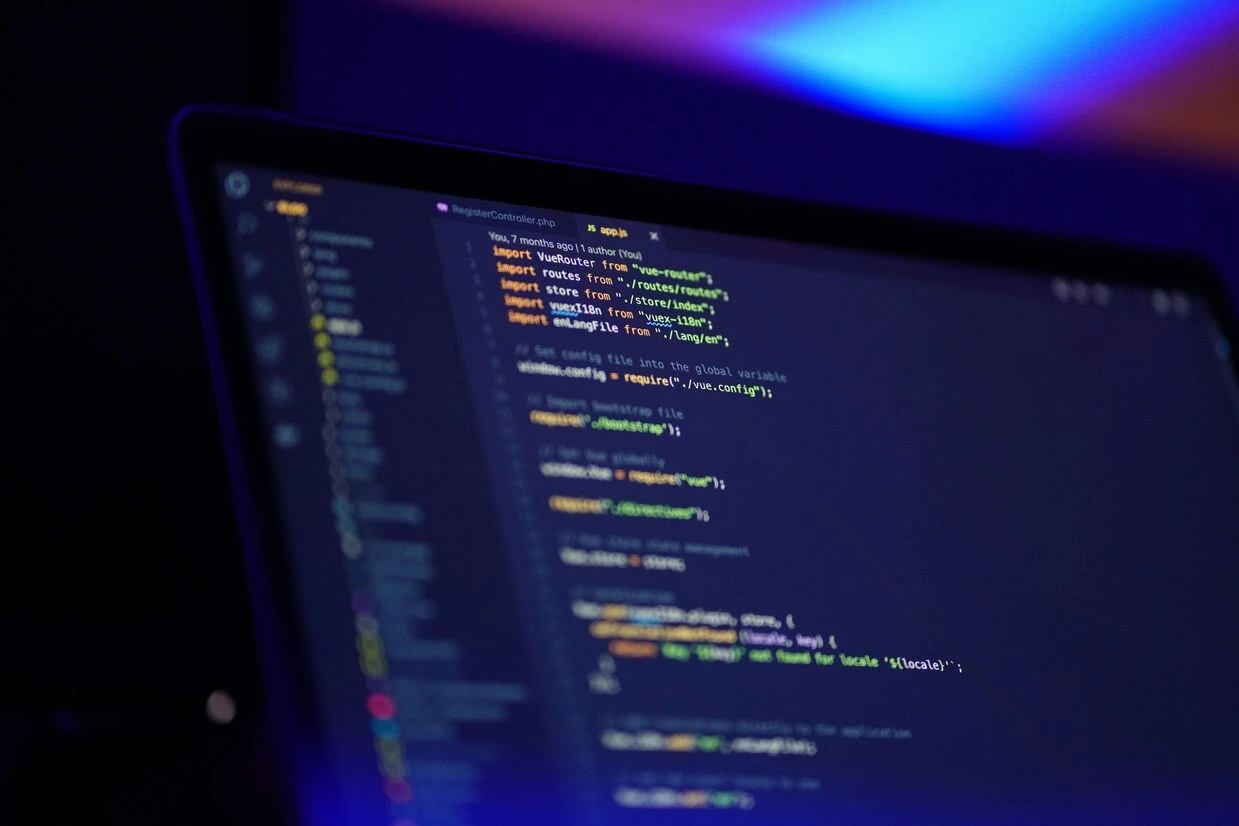As the web development landscape continues to evolve in 2025, developers are constantly seeking tools and frameworks that offer scalability, performance, and ease of use. For those invested in the PHP ecosystem, Laravel remains a cornerstone, while Vue.js continues to dominate the frontend space. Let’s explore some of the recent trends shaping modern web development with Laravel, PHP, and Vue.js.
1. Laravel 11: Refinement Over Reinvention
Laravel 11 has introduced a cleaner and more refined developer experience. The framework's creator, Taylor Otwell, has emphasized minimalism and performance, making Laravel even more accessible and elegant.
Key Enhancements:
Simplified Default Structure: A leaner directory layout encourages clean code and reduces the onboarding curve for new developers.
Laravel Reverb: Official WebSocket server integration, enabling real-time capabilities such as chat, notifications, and live dashboards without third-party dependencies.
Folio & Volt: New additions like Laravel Folio bring file-based routing to Laravel, while Volt simplifies Livewire component creation for full-stack development.
Improved Job Batching and Queues: Better support for monitoring and retrying job batches, making Laravel queues more production-friendly.
Takeaway: Laravel 11 is not just an update; it's a modernization step. It reinforces Laravel's role as a viable full-stack solution, capable of supporting both small and enterprise-grade applications.
2. Vue 3 and Vite: The Modern Frontend Stack
Vue.js has matured significantly with version 3 and is now fully integrated into Laravel's frontend scaffolding through Vite. This combination results in faster development cycles and smaller bundle sizes.
Emerging Patterns:
Composition API: Offers better logic reuse and TypeScript support, replacing the Options API in most modern Vue apps.
Pinia Store: A lighter and more intuitive alternative to Vuex, now the go-to state management solution in Vue 3.
Server-Side Rendering (SSR): Easier to configure with Nuxt 3 and more relevant for SEO-focused applications.
Vite Ecosystem: Vite's native support for HMR (Hot Module Replacement) and faster builds has made it a clear winner over the legacy Laravel Mix.
Takeaway: Vue 3 combined with Vite is a performance-optimized setup that complements Laravel perfectly, especially for SPAs and hybrid rendering strategies.
3. Laravel + Vue Full-Stack Integration
Modern applications demand seamless interaction between frontend and backend. The Laravel ecosystem now offers several full-stack development options:
Inertia.js: Acts as a bridge between Laravel and Vue, eliminating the need for APIs and allowing server-side routing while using Vue components.
Livewire + Volt: For developers who prefer Blade and PHP, Livewire offers dynamic interfaces without writing JavaScript.
API + SPA Pattern: Traditional REST or GraphQL APIs paired with Vue frontends remain a strong architectural choice for decoupled apps.
Takeaway: Whether you prefer tight integration (Livewire) or separation of concerns (API + Vue SPA), Laravel supports it all with minimal friction.
4. DevOps and Deployment: Production-Ready from Day One
As web applications become more complex, Laravel developers are adopting DevOps best practices to ensure stability and performance.
Modern Practices:
CI/CD with GitHub Actions: Automating tests, deployments, and rollbacks directly from GitHub.
Laravel Forge & Vapor: Simplify server provisioning and auto-scaling on platforms like AWS.
Zero Downtime Deployments: Tools like Envoyer and Deployer make it easy to update applications without interrupting users.
Cloud Security: Integration with AWS WAF and Cloudflare for rate limiting, bot protection, and SSL offloading.
Takeaway: Laravel isn’t just developer-friendly; it’s battle-tested for enterprise-scale production environments.
5. API Security and Authentication Trends
With rising security concerns, Laravel developers are leaning into robust authentication and authorization mechanisms.
Key Security Features:
Laravel Sanctum: Ideal for SPAs and mobile apps needing token-based authentication.
Laravel Passport: OAuth2 server for more complex scenarios and third-party integrations.
Rate Limiting: Built-in throttling to protect APIs from abuse.
Environment-Specific Configurations: Secure .env management across local, staging, and production setups.
Takeaway: Laravel offers a secure foundation out of the box, with extensibility to meet any authentication or security need.
Final Thoughts
Laravel and Vue.js continue to lead the charge in modern web development. With Laravel 11 pushing boundaries in backend simplicity and power, and Vue 3 delivering a streamlined, reactive frontend experience, this tech stack is more capable than ever.
Whether you're building a SaaS app, an internal dashboard, or a public-facing e-commerce site, staying current with these trends ensures your applications are secure, performant, and delightful to use.
Need help building your next Laravel + Vue app? Let’s talk about how we can modernize your tech stack for scalability and success.




